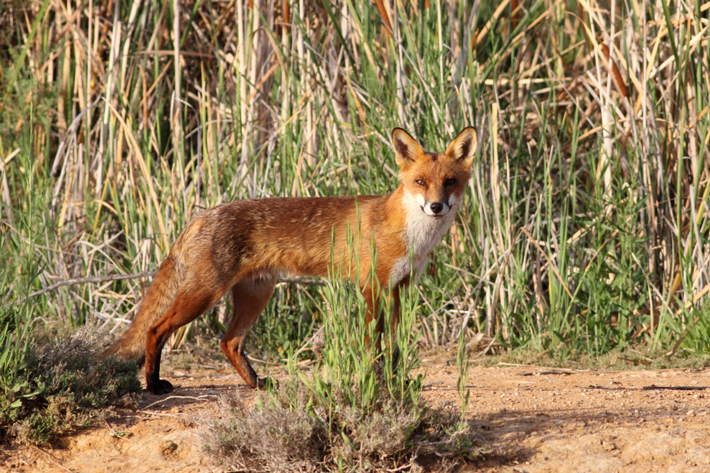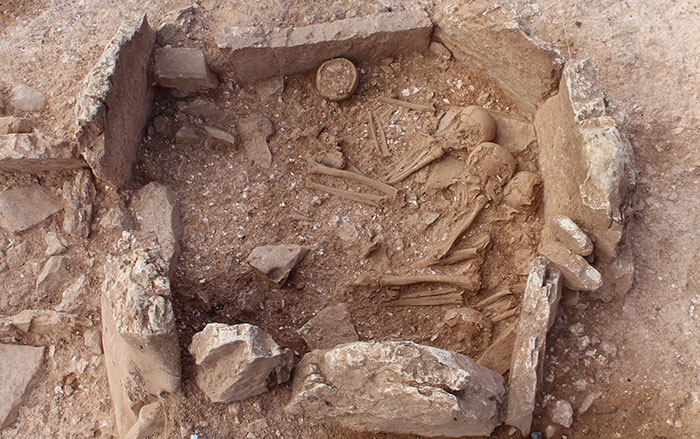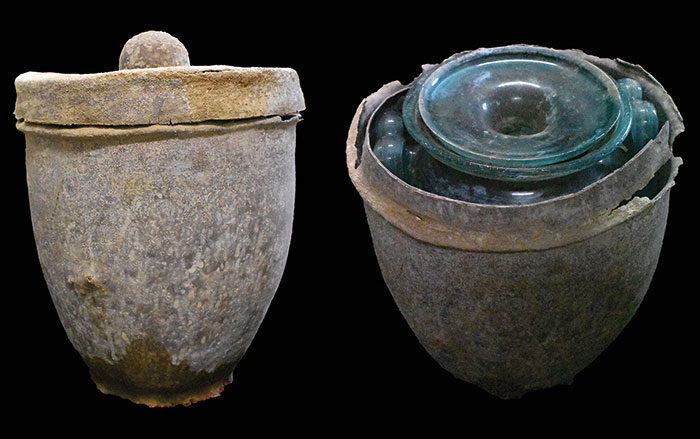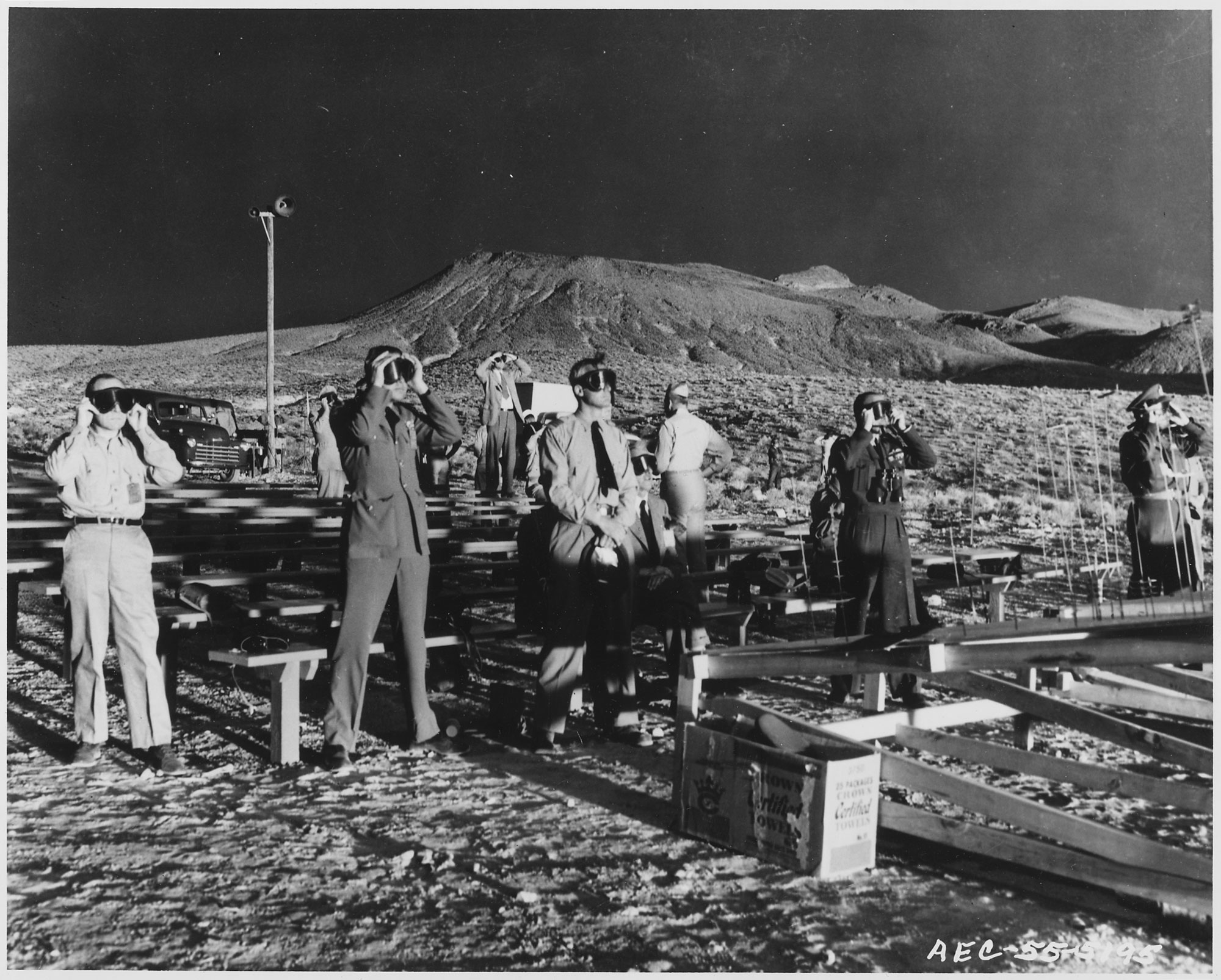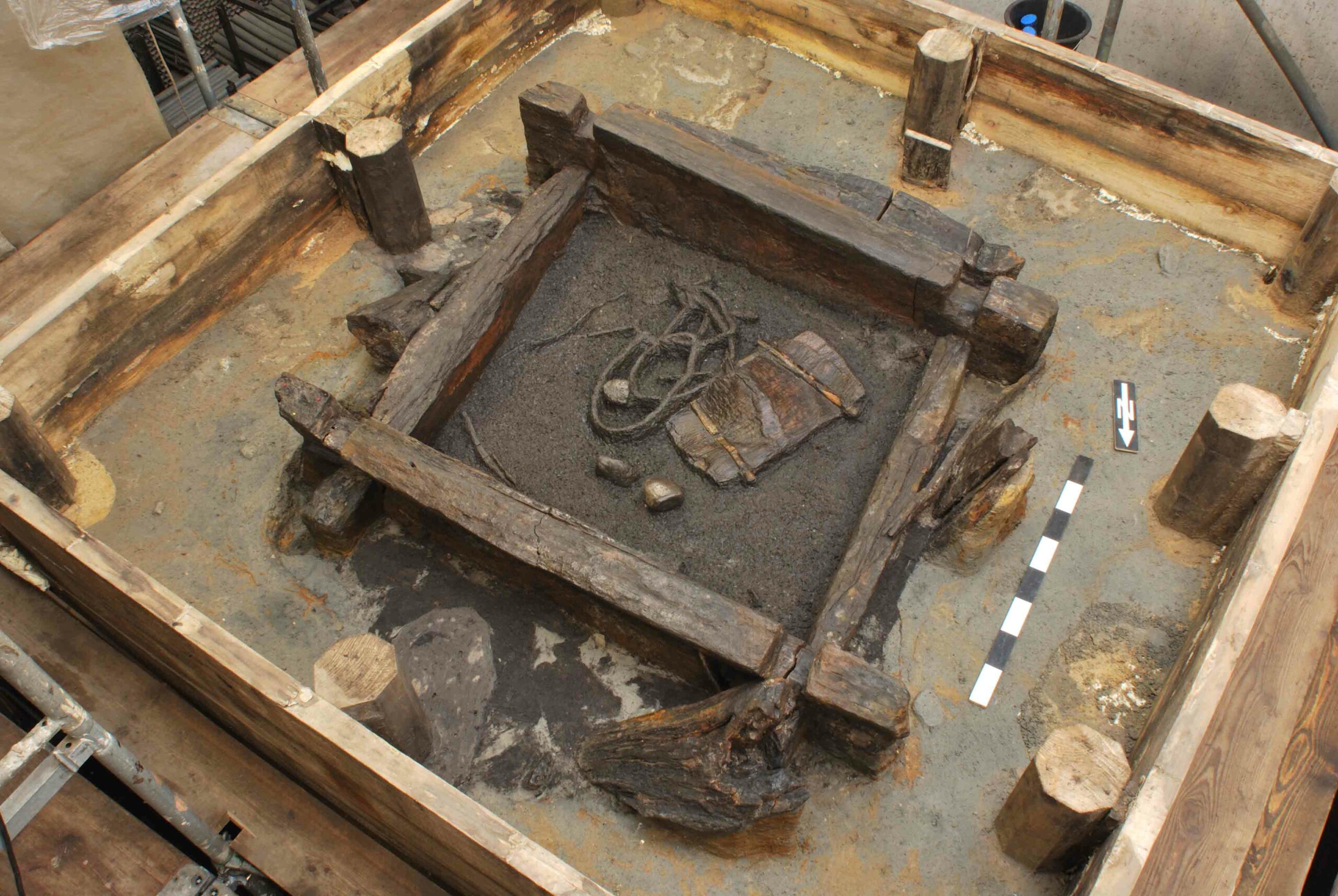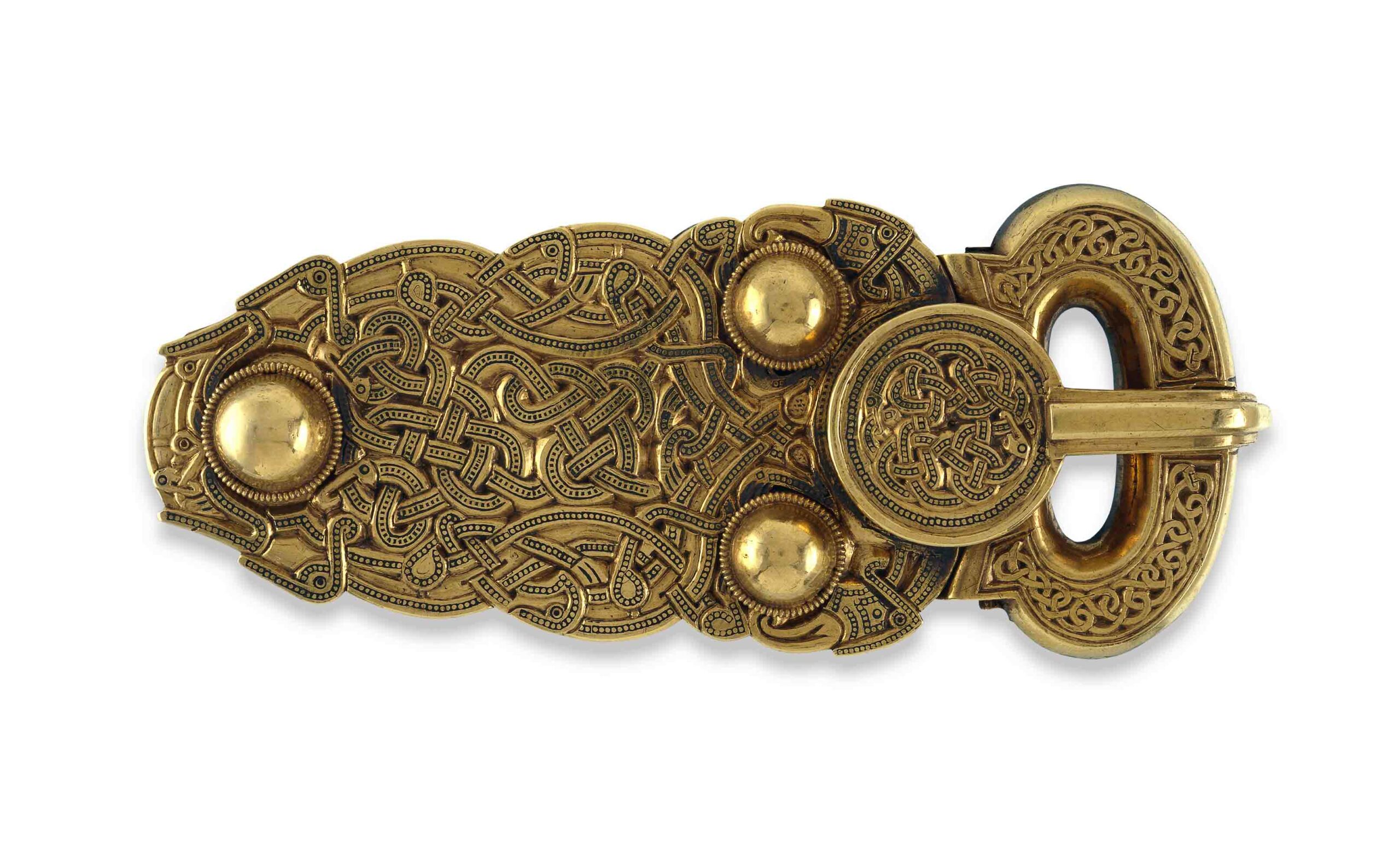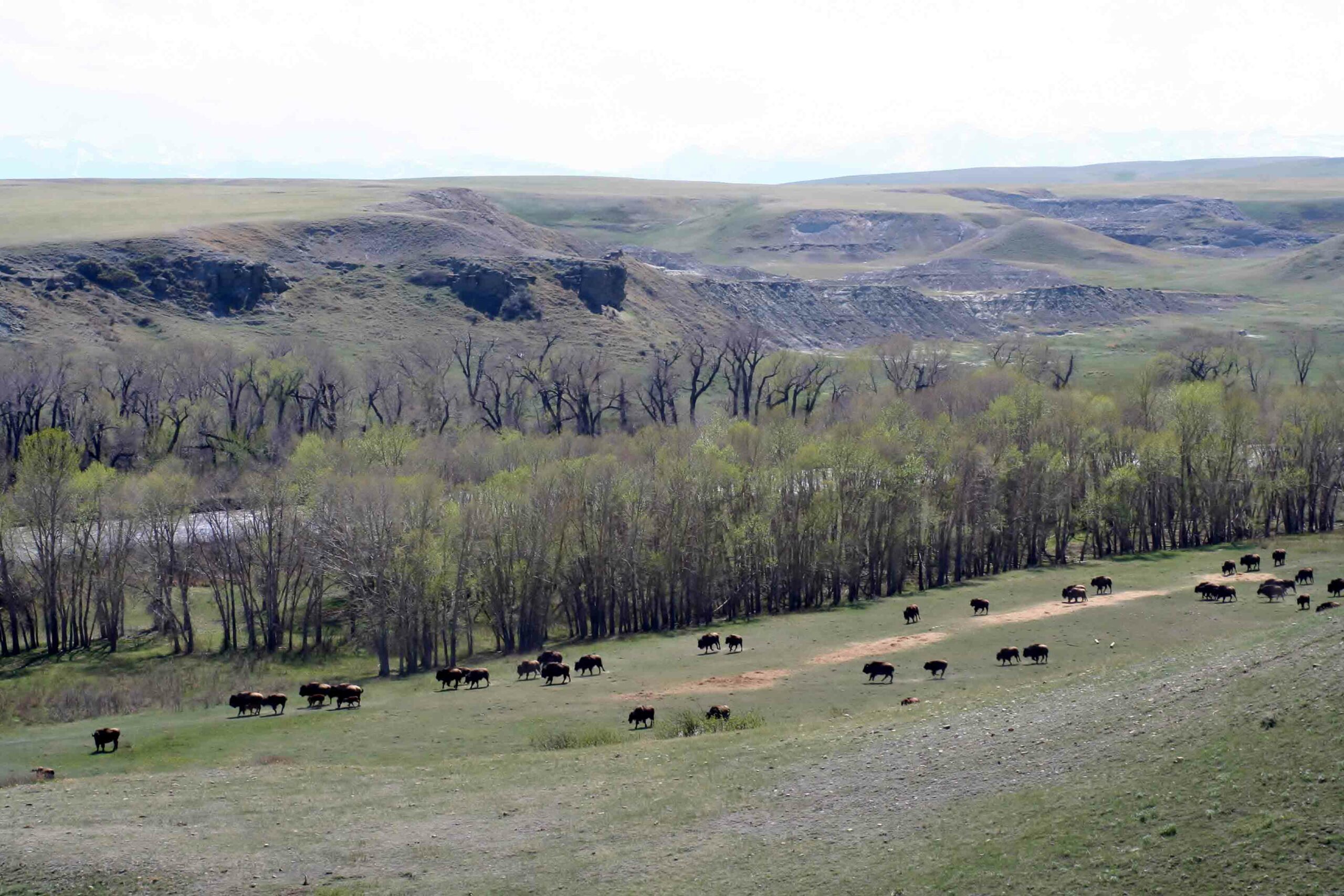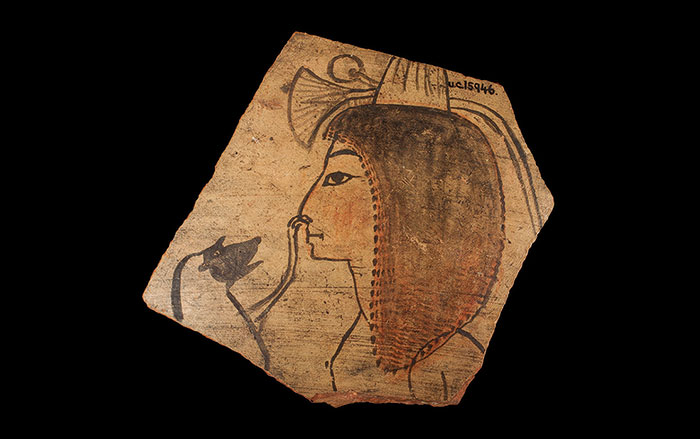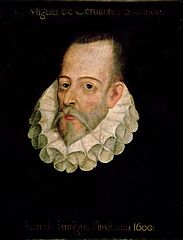
MADRID, SPAIN—Archaeologists and forensic scientists are looking for the exact location of the remains of the great Spanish writer Miguel de Cervantes, who was buried in the chapel at the Convent of the Barefoot Trinitarians in 1616. The documents that would have recorded Cervantes’ burial place are thought to have been lost when the church was enlarged. The team has found three unidentified and unrecorded graves beneath the floor of the chapel’s crypt while using radar technology, and the scientists explored a wall niche with an endoscope camera. There are four additional areas of the Convent of the Barefoot Trinitarians that could be searched for the lost grave, if necessary. “Were we to find remains that fulfill the characteristics we are looking for, we could possibly pass to a next stage. That would be to compare DNA similarities with his sister, but that is a very complex step,” Francisco Etxeberria of the University of the Basque Country told the Associated Press. Luisa de Cervantes, the Don Quixote author’s sister, is known to have been buried in a convent in Alcala de Henares in 1623.



